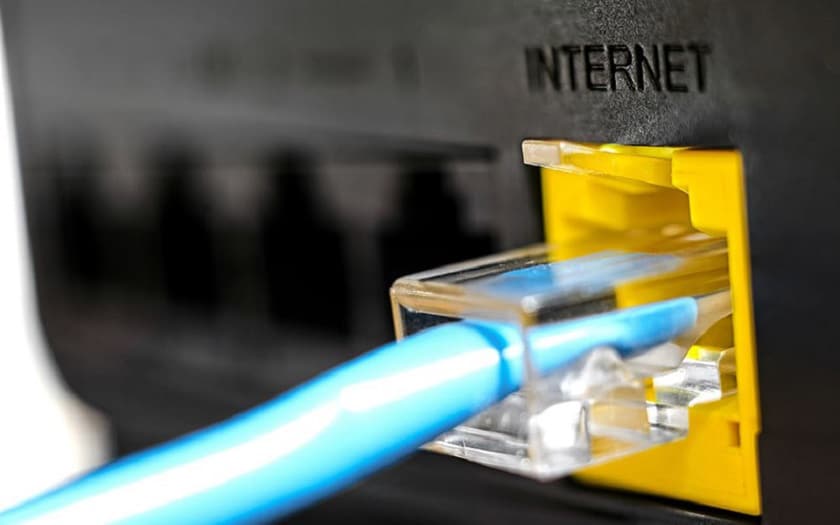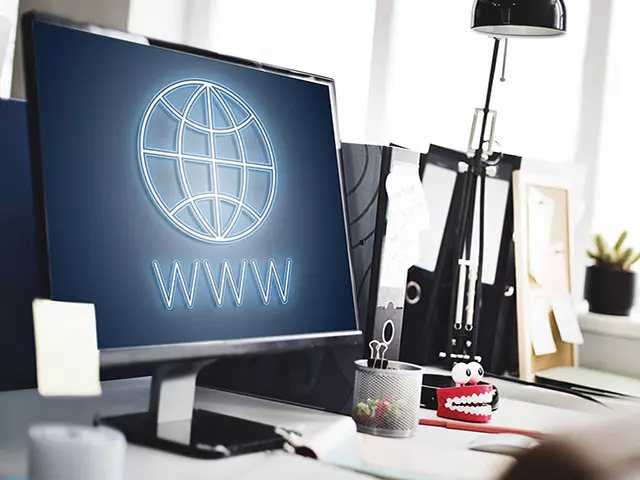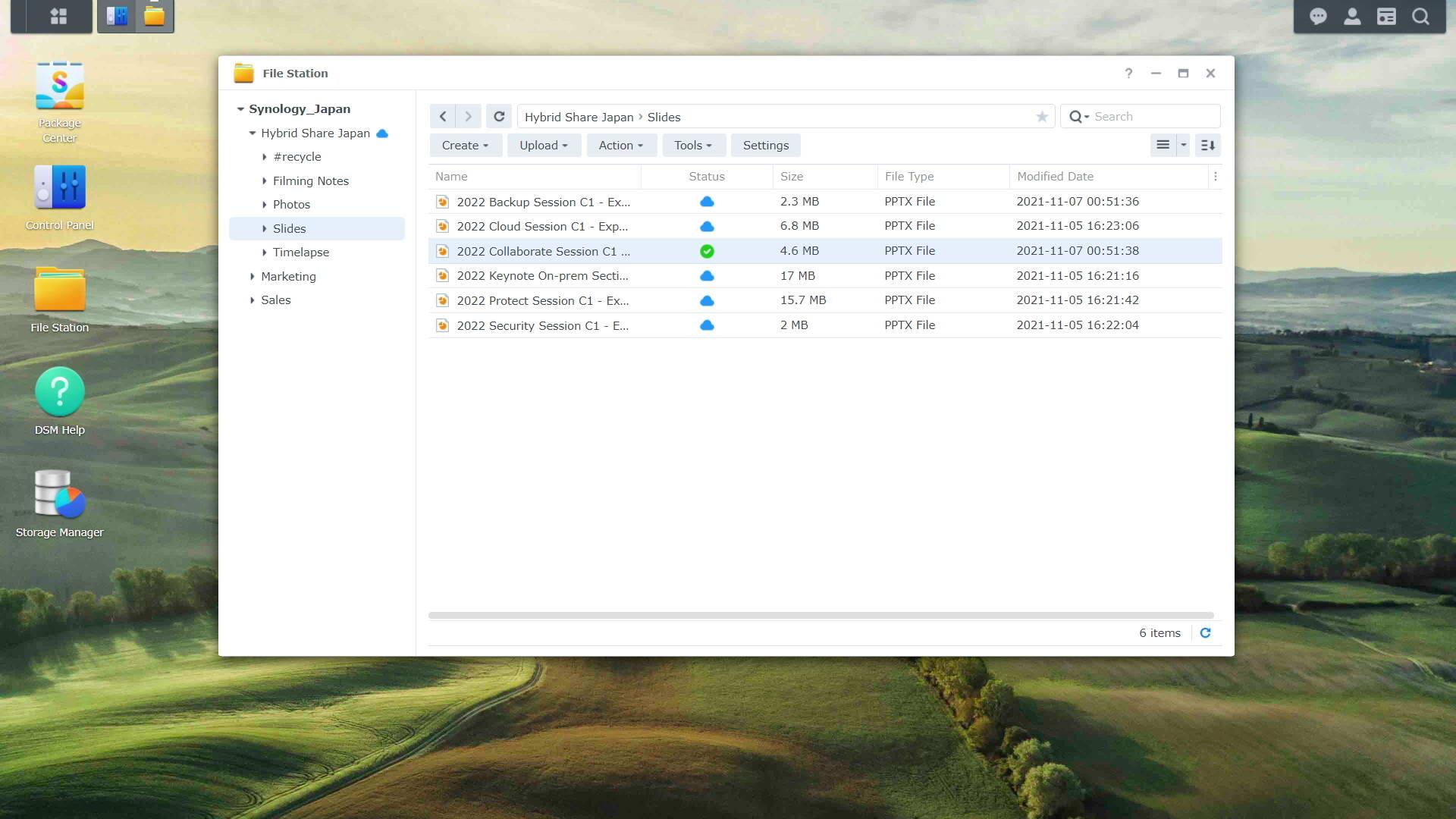
The concept of “nutrition” labels for internet service plans is not new. The Obama-era FCC presented and encouraged them but made their use optional. With the Biden-era FCC, the labels are back, and this time around, internet service providers will have no choice but to comply with the new rules.
Nutrition Labels
In 1990, the Nutrition Labeling and Education Act was passed by Congress and signed into law by President George H. W. Bush. The law not only mandated accurate ingredient labels but governed health claims and required manufactures to indicate the percentage of real fruit juice where applicable. While it is easy to take these labels for granted—especially among those who never lived without them—they changed the game and provide consumers much greater control over what they eat.
The Problem With Internet Plans
Prior to nutrition labels, it was often unclear exactly what foods a person was buying and whether they were choosing ingredients that they did not want or were potentially harmful to them. The issue with internet plans is in the presentation and marketing as well. It is often unclear to the average consumer what he or she is actually paying for and how much, and this is not just a matter of uneducated consumers. ISPs have been caught on multiple occasions being purposefully obtuse.
The New Internet Plan Labels
While the new labels are currently based on the original labels pitched years ago, they have yet to be finalized. That means that we do not know exactly what they will look like and what information they will contain. That said, we do know three aspects that will receive great emphasis, and these have to do with introductory pricing, data caps and equipment rental fees.
Actual and Introductory Pricing
Introductory rates are not a concept unique to internet service providers, but this industry is particularly notorious when it comes to their attempts to disguise high long-term rates with low short-term rates. Suddenlink is an example of a company that generates high levels of customer dissatisfaction when the real rates kick in. ISPs can still market their introductory rates, but the label will need to present the actual price and must include any pertinent details, such as the length of contract if applicable.
Data Allowance and Overage Rules
Data caps are thankfully becoming less common, but if an internet provider does have data caps, it must inform you via the label what your allowance is on a monthly basis. It must also inform you what happens in the event that you go over the cap. Some ISPs will throttle you down to a speed lower than what you pay for, and others will allow you to use extra data but will charge you an overage fee.
Equipment Costs
The other focal point is equipment rental costs associated with the cable modem and wireless router. This is big business for the ISPs and a great source of additional income. It is not surprising that they go out of their way to hide fees and do not go out of their way to inform customers that they have alternatives that can save them money. The new labels will require them to do just that.
When and Where Consumers Will See the Labels
The label requirement is expected to be in place by November 2022. That does not mean that labels will show up right away. There will be a period in which the ISPs have time to conform. How long that will be is unclear. When they do show up, expect to see them in all marketing and at all points of sale.
Will Labels Help You Save Money?
The labels will certainly make the process more transparent. Whether they help you save depends on a number of factors. One of the biggest issues facing Americans when it comes to internet is a lack of competition. If you live in an area with one ISP, it may not help you save.



